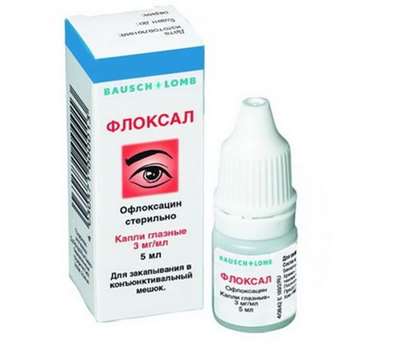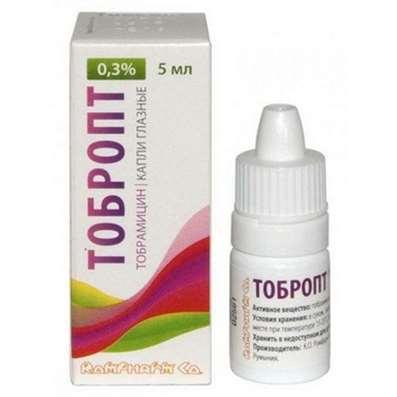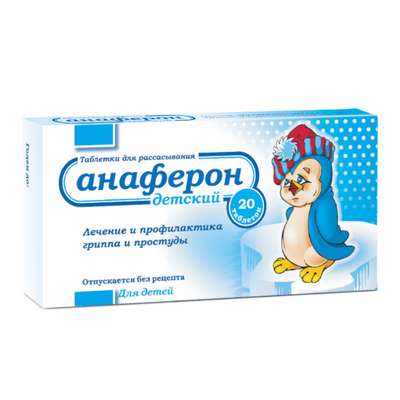Instruction for use: Promazine
I want this, give me price
The Latin name of the substance Promazine
Promazinum (genus. Promazini)
Chemical name
N, N-Dimethyl-10H-phenothiazine-10-propanamine (and as the hydrochloride or embonate)
Gross formula
C17H20N2S
Pharmacological group:
Neuroleptics
The nosological classification (ICD-10)
F20 Schizophrenia: Schizophrenic conditions; Exacerbation of schizophrenia; Schizophrenia; Chronic schizophrenia; Dementia praecox; Bleuler's disease; Psychotic discordant; Dementia early; The febrile form of schizophrenia; Chronic schizophrenic disorder; Psychosis of the schizophrenic type; Acute form of schizophrenia; Acute schizophrenic disorder; Cerebral Organic Insufficiency in Schizophrenia; Acute attack of schizophrenia; Schizophrenic psychosis; Acute schizophrenia; Sluggish schizophrenia; Sluggish schizophrenia with apathoabulic disorders; Acute stage of schizophrenia with excitation
F29 Inorganic psychosis, unspecified: Childhood psychoses; Psychomotor agitation in psychoses; Hallucinatory-delusional disorders; Hallucinatory-delusional syndrome; Intoxication psychosis; Manic-delusional disorders; Manic chronic psychosis; Manic psychosis; Acute psychosis; paranoid psychosis; Paranoid psychosis; Subacute psychosis; Presenile psychosis; Psychosis; Intoxication psychosis; Psychosis is paranoid; Psychosis in children; Reactive psychosis; Chronic psychosis; Chronic hallucinatory psychosis; Chronic psychosis; Chronic psychotic disorder; Schizophrenic psychosis
R45.1 Anxiety and agitation: Agitation; Anxiety; Explosive excitability; Internal stimulation; Excitability; Excitation; Excitation acute; Psychomotor agitation; Hyperexcitability; Motor excitement; Cessation of psychomotor agitation; Nervous excitement; Restlessness; Night trouble; Acute stage of schizophrenia with excitation; Acute mental agitation; Paroxysm of excitation; Overexcitation; Increased excitability; Increased nervous excitability; Increased emotional and cardiac excitability; Increased agitation; Mental arousal; Psychomotor agitation; Psychomotor agitation in psychoses; Psychomotor agitation of an epileptic nature; Psychomotor paroxysm; Psychomotor fit; Symptoms of excitation; Symptoms of psychomotor agitation; The state of agitation; A state of anxiety; Excitation status; A state of heightened concern; The state of psychomotor agitation; Conditions of anxiety; Excitation conditions; The state of excitement in somatic diseases; Excitation level; Feelings of anxiety; Emotional arousal
CAS Code
58-40-2
Characteristics of the substance Promazine
The phenothiazine derivative. White or white with a weak yellowish tinge crystalline powder. Very easily soluble in water. Hygroscopic. In light, the powder and its aqueous solutions acquire a bluish-green color.
Pharmacology
Pharmacological action - antipsychotic, neuroleptic, antiemetic, sedative.
Reduces the manifestations of psychosis: delusions and hallucinations. The antipsychotic effect is associated with blockade of dopamine D2 receptors in the polyneuronal synapses of the chemoreceptor trigger region of the brain. Oppression of dopamine receptors in the nigrostriral and tubuloinfundibular zones causes extrapyramidal disorders and hyperprolactinaemia, central adrenergic and serotonergic receptors-reducing fear, anxiety, and tension. Peripheral alpha-adrenoblocking and H1-histamine-blocking effects are manifested by a decrease in blood pressure and an antiallergic effect. Has a strong sedative, anticholinergic and hypotensive effect, moderate antiemetic effect.
Binding to plasma proteins - 90%. Cmax is achieved in 2-4 hours. It is subjected to biotransformation in the liver with the formation of inactive metabolites. Excreted mainly by the kidneys.
Application of the substance Promazine
Psychoses accompanied by psychomotor agitation; schizophrenia.
Contraindications
Hypersensitivity, severe cardiovascular diseases (decompensated chronic heart failure, arterial hypotension), severe CNS function depression and comatose states of any etiology, brain traumas, progressive systemic diseases of the brain and spinal cord, children under 12 years.
Restrictions on the use
Alcoholism (predisposition to hepatotoxic reactions), pathological changes in blood (hemopoiesis), breast cancer (as a result of phenothiazine-induced prolactin secretion, the potential risk of disease progression and resistance to hormonal and cytostatic drugs increases), closed-angle glaucoma, prostatic hyperplasia with clinical manifestations , hepatic and / or renal insufficiency, peptic ulcer of stomach and duodenum in the stage of exacerbation; diseases accompanied by an increased risk of thromboembolic complications; Parkinson's disease (increased extrapyramidal effects), epilepsy, myxedema; chronic diseases accompanied by respiratory failure (especially in children), Reye's syndrome (increased risk of hepatotoxicity in children and adolescents); cachexia, vomiting (antiemetic effect of phenothiazines may mask vomiting associated with overdose of other drugs), elderly age.
Application in pregnancy and lactation
When pregnancy is possible only if the benefit to the mother exceeds the potential risk to the fetus. For the duration of treatment, breastfeeding should be discontinued.
Side effects of Promazine
From the nervous system and sensory organs: drowsiness (usually disappears with the continuation of therapy and / or with a decrease in dose), extrapyramidal disorders (including pseudoparkinsonism), dysarthria, dyskinetic disorders (see "Precautions"), tardive dyskinesia, paradoxical reaction, cerebral edema, convulsive seizures (especially in patients with EEG disorders or epilepsy in the anamnesis), catalepsy, decreased motivation, headache, dizziness, increased intraocular pressure.
From the side of the cardiovascular system and blood (hematopoiesis, hemostasis): decreased blood pressure, orthostatic hypotension (usually after the first parenteral administration), oppression of bone marrow hematopoiesis (agranulocytosis, anemia), prolongation of the QT interval - risk of ventricular rhythm disturbances (especially against the background of the initial bradycardia, hypokalemia, prolonged QT interval).
From the genitourinary system: atony of the bladder, priapism, amenorrhea, galactorrhea.
On the part of the intestine: nausea, vomiting, diarrhea, abdominal pain, dry mouth, cholestatic hepatitis, atony of the intestine.
Allergic reactions: photosensitization, skin pigmentation.
Other: swelling of the mammary glands and amenorrhea in women, gynecomastia in men, false positive test for pregnancy, hyperglycemia / hypoglycemia, glucosuria, increased appetite and body weight.
When taking neuroleptics phenotiazinovogo number of cases of sudden death (including possibly caused by cardiac causes).
Interaction
Promazine prolongs and intensifies the depressing effect on the central nervous system of tranquilizers, analgesics, hypnotics and anesthetics, as well as hepato- and nephrotoxicity of drugs. Reduces the activity of bromocriptine and antiparkinsonian drugs. Incompatible with alcohol (additive effects and hypotension are possible).
Routes of administration
Inside, IM.
Precautions for the substance Promazine
Usually the sedative effect of promazine is desirable, but in some cases promazine can cause undesirable drowsiness.
Extrapyramidal disorders were noted in hospitalized patients with high doses. These symptoms were reversible and passed with a lower dose or additional prescription of antiparkinsonian agents. If symptoms are severe, treatment with promazine should be discontinued. In rare cases, persistent dyskinesia (involving the face, tongue, jaws), which is irreversible, was observed, especially in elderly patients with previous brain damage.
The use of phenothiazines in patients with epilepsy in the history is possible only on absolute indications, in these cases, concomitant adequate adequate anticonvulsant therapy is necessary. It should be used with caution in patients who work at elevated temperatures, as well as in contact with phosphorus-containing insecticides (promazine can potentiate the effects of organic phosphates).
Antiemetic action may mask the toxicity symptoms of other drugs, make it difficult to diagnose other diseases (eg, intestinal obstruction).
Agranulocytosis develops between the 4th and 10th week of therapy. During this period, patients should particularly closely monitor the appearance of sore throat or symptoms of infection. With a significant decrease in the number of leukocytes, the drug should be stopped and appropriate therapy started.

 Cart
Cart





